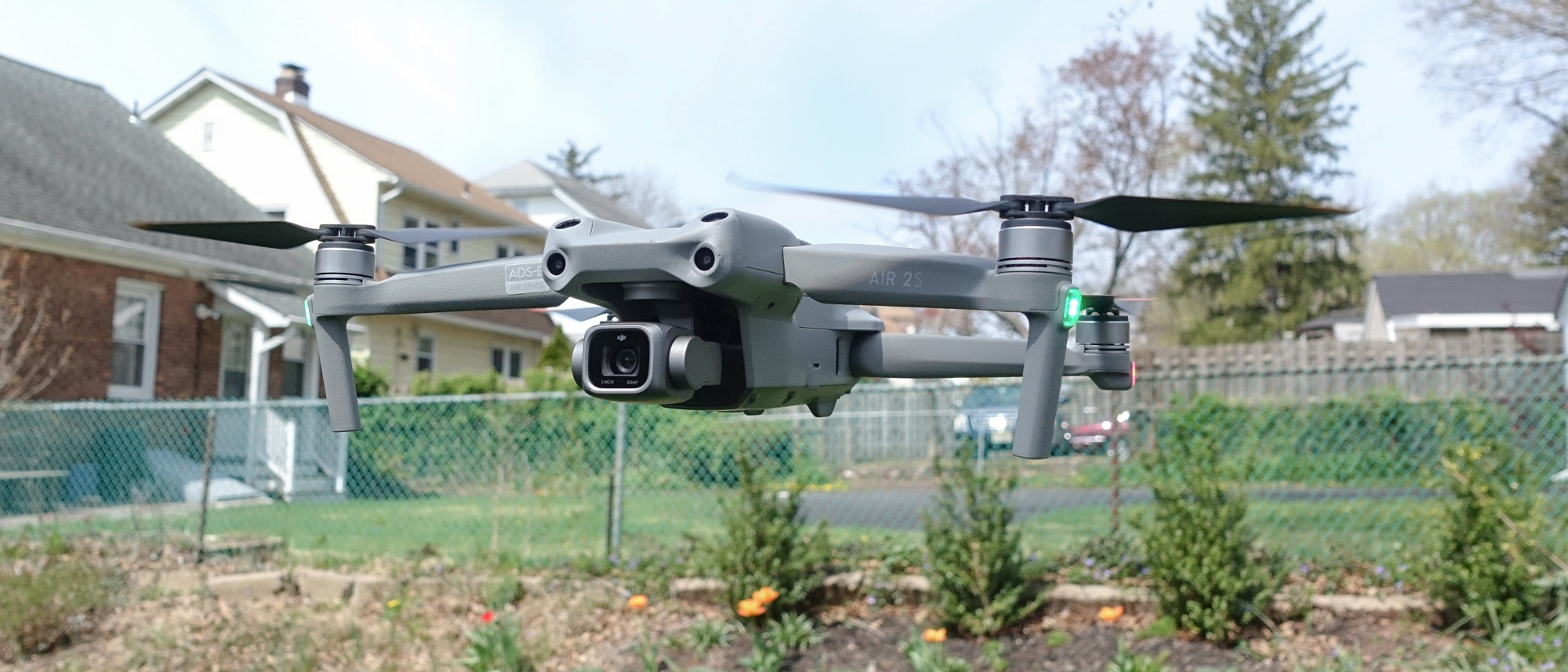Tom's Guide Verdict
The DJI Air 2S has significant improvements in image quality over its predecessor.
Pros
- +
Easy to fly
- +
Good flight time
- +
Larger image sensor
Cons
- -
MagicShots feature needs refining
Why you can trust Tom's Guide
Size (Folded): 7.1 x 3.8 x 3.1 inches
Size (Unfolded): 10 x 7.2 x 3 inches
Weight: 1.3 pounds
Camera: 20MP
Sensor size: 1 inch
Pixel size: 2.4 nanometers
Aperture: f/2.8
Digital zoom: 8X
Flight time: 31 minutes
Unlike the company’s previous drones, the DJI Air 2S isn’t a radical reimagining of the platform. Rather, this $1,000 drone boasts a few improvements over its predecessor, the DJI Air 2, while coming in a few hundred bucks less than the DJI Mavic 2 Pro.
What you get is a very capable and maneuverable drone with an excellent 20MP, 1-inch camera sensor that can take video at 5.4K. You also get some innovative flight modes designed to help capture compelling shots and a long 30-minute flight time to make sure you have enough time to film what you want. All of which combines, as this DJI Air 2S review will explain, to make one of the best drones you can buy.
DJI Air 2S review: Price and availability
The Air 2S will be available for sale as of April 15. The Standard package, which includes the drone, a controller, and a battery, costs $1,000. The Fly More combo ($1,300) includes the drone, three batteries, a shoulder bag, lens filters, and a charging hub.
The Air 2S’ price makes it twice as expensive as the entry-level DJI Mini 2 ($449), and about $200 more than the Mavic Air 2 ($799), which can take larger 48MP photos and a slightly longer flight time, but has a smaller 1/2 inch sensor.
DJI Air 2S review: Design
In some ways, the DJI Air 2S is an updated version of the Mavic 2 Pro. Both models have roughly the same design and a 20MP, 1-inch camera sensor. However, thanks to some upgraded internals, the Air 2S can record video at 5.4K/30 fps and 4K/60 fps; the Mavic 2 Pro maxed out at 4K/30 fps.
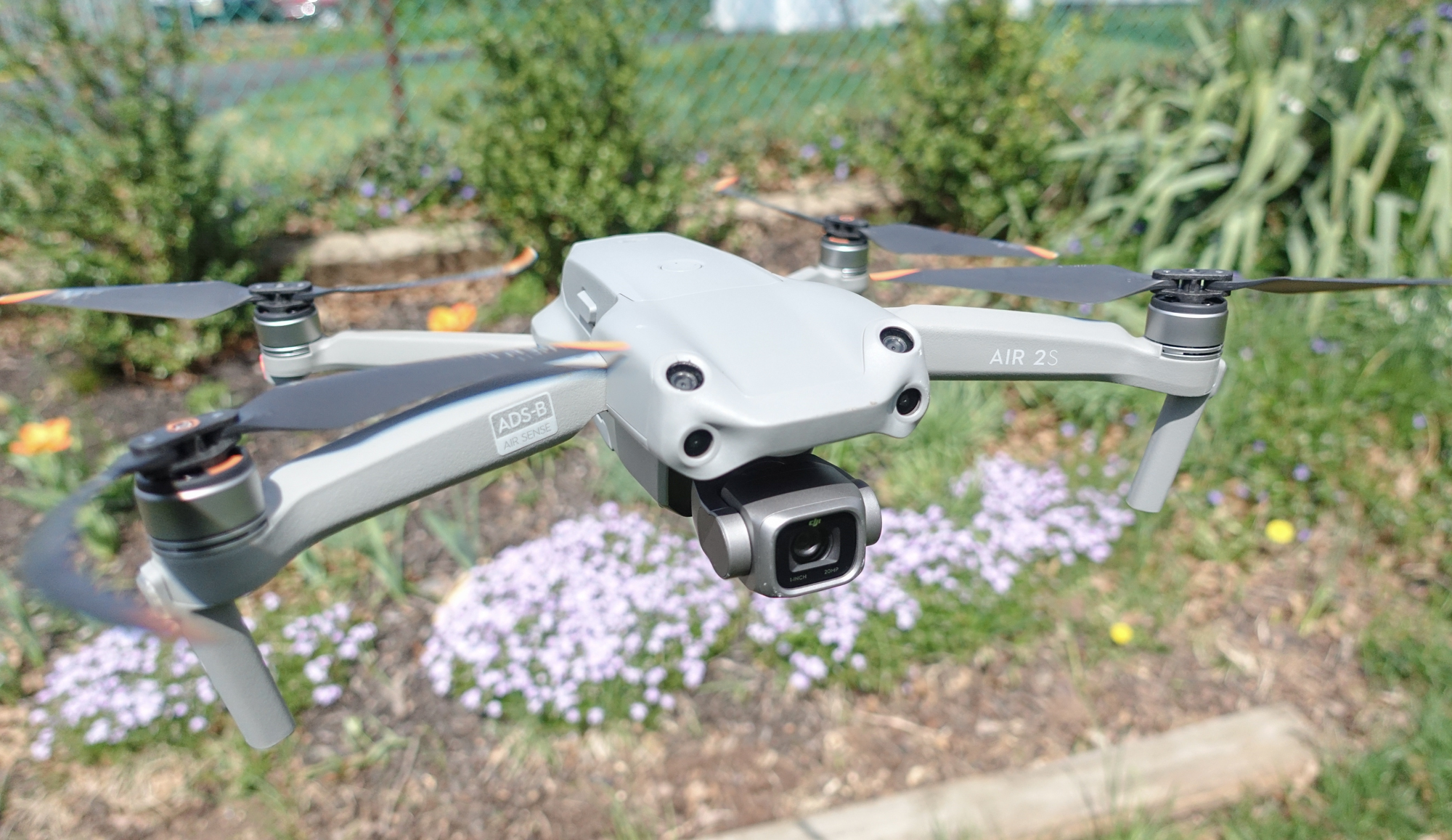
The DJI Air 2S has a familiar design as most other DJI consumer drones (folding arms, etc), but its forward object-collision avoidance sensors have been angled upwards slightly so that the drone can better see things in front of it while moving forward. It can also detect objects from further away, and while traveling at faster speeds.
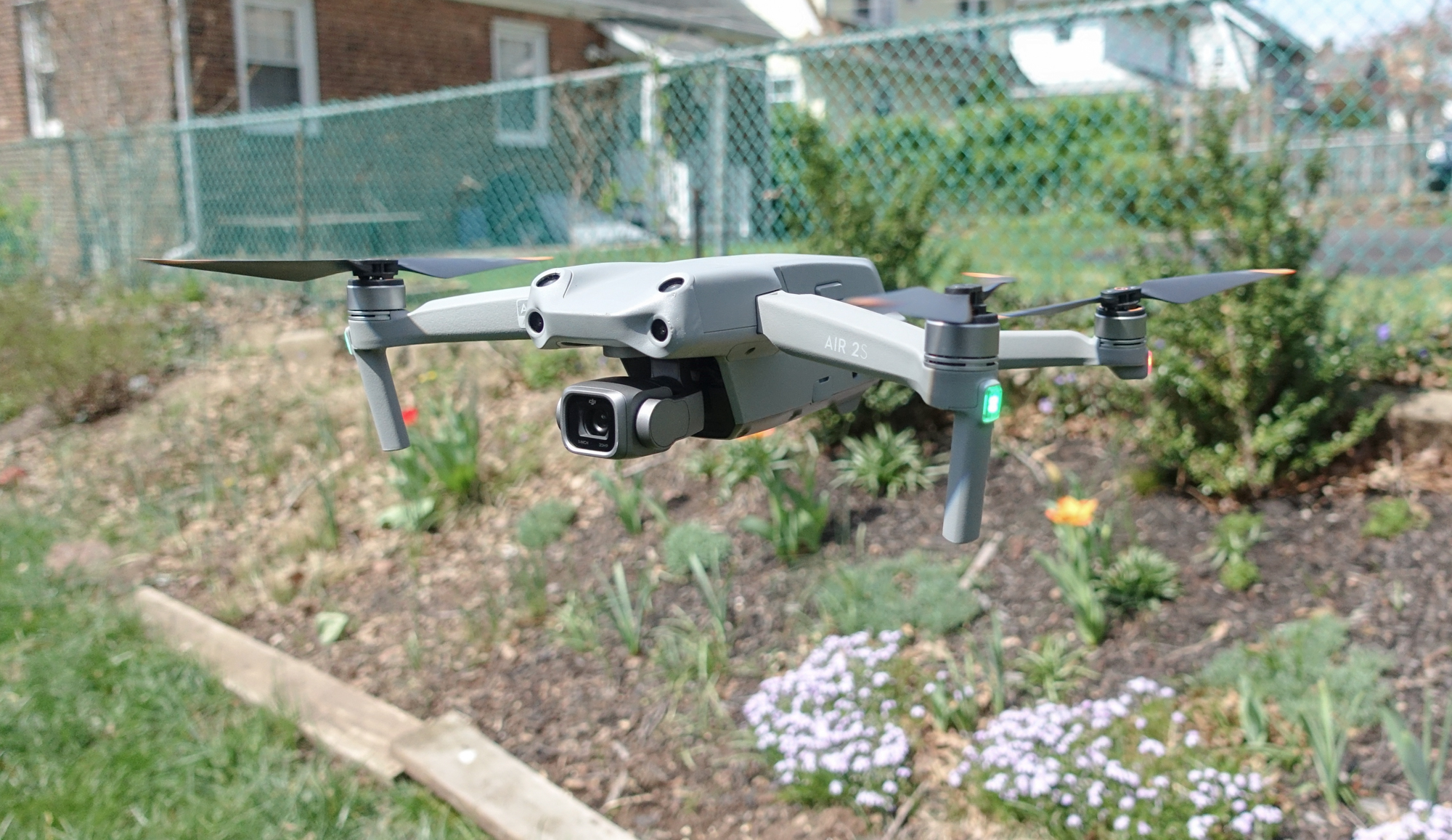
However, the Mavic 2 Pro has side sensors, which make it preferable when maneuvering in tight spaces; the Air 2S has upward, forward, downward and rear sensors. In addition, the Mavic 2 Pro has a Hasselblad camera and color solutions, and its larger size and weight make it more stable in windier conditions.
The Air 2S is 0.7 pounds lighter than the Mavic 2 Pro, though that weight reduction doesn’t gain you any additional flight time, and it’s still heavy enough to require you to register it with the FAA.
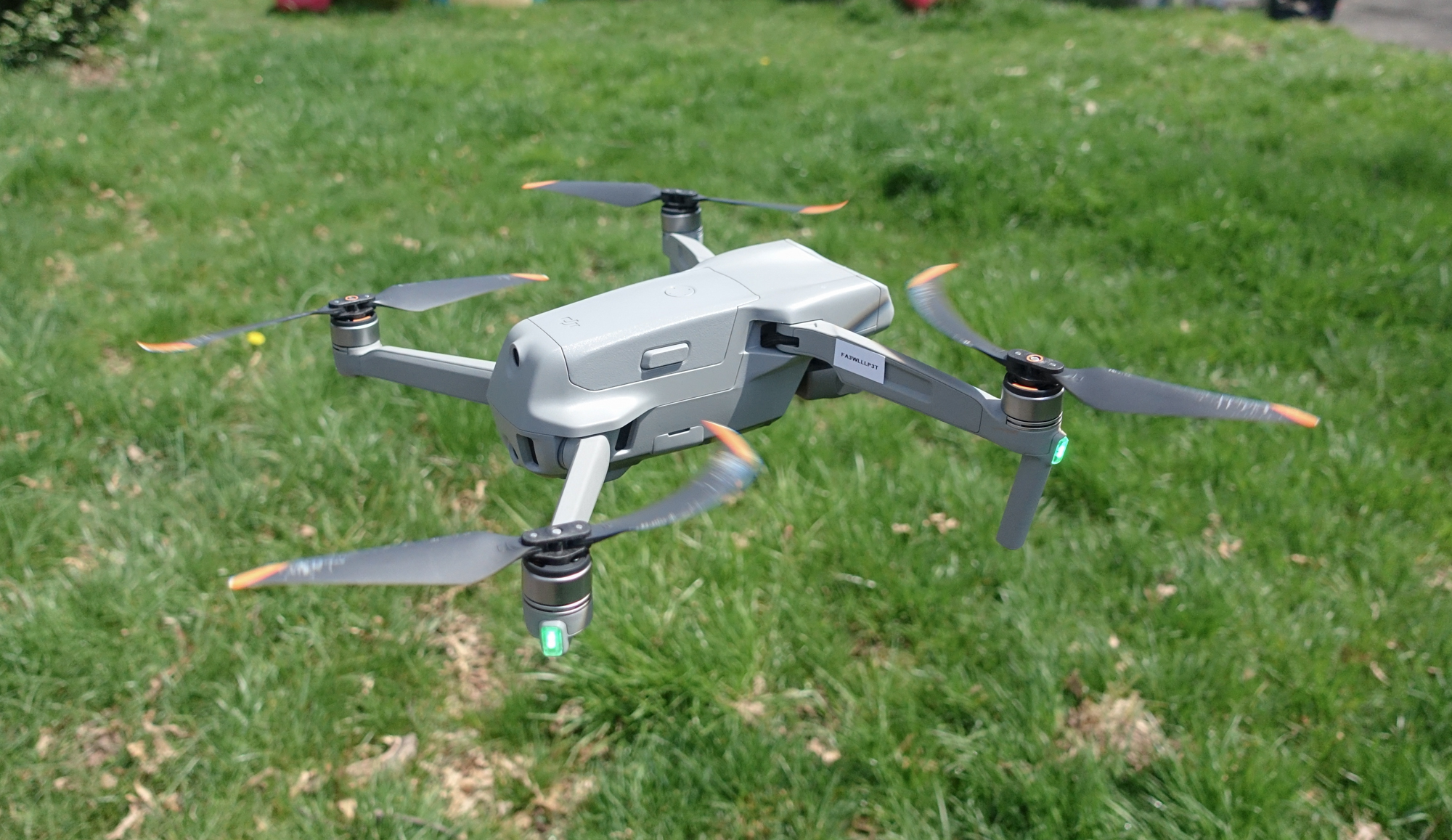
Similar to the DJI FPV, the Air 2S has O3 (formerly known as Occusync 3.0), DJI’s long-range digital transmission technology. Theoretically, you should be able to control the drone from as far as 7.5 miles away and still receive a 1080p video.
DJI Air 2S review: Camera performance and features
The largest change in the Air 2S is its image sensor, which has doubled in size from the Mavic Air. This new 1-inch sensor can take 20MP images and videos at up to 5.4K/30 fps. In addition, the pixel size is 2.4um, three times larger than that of the Mavic Air.
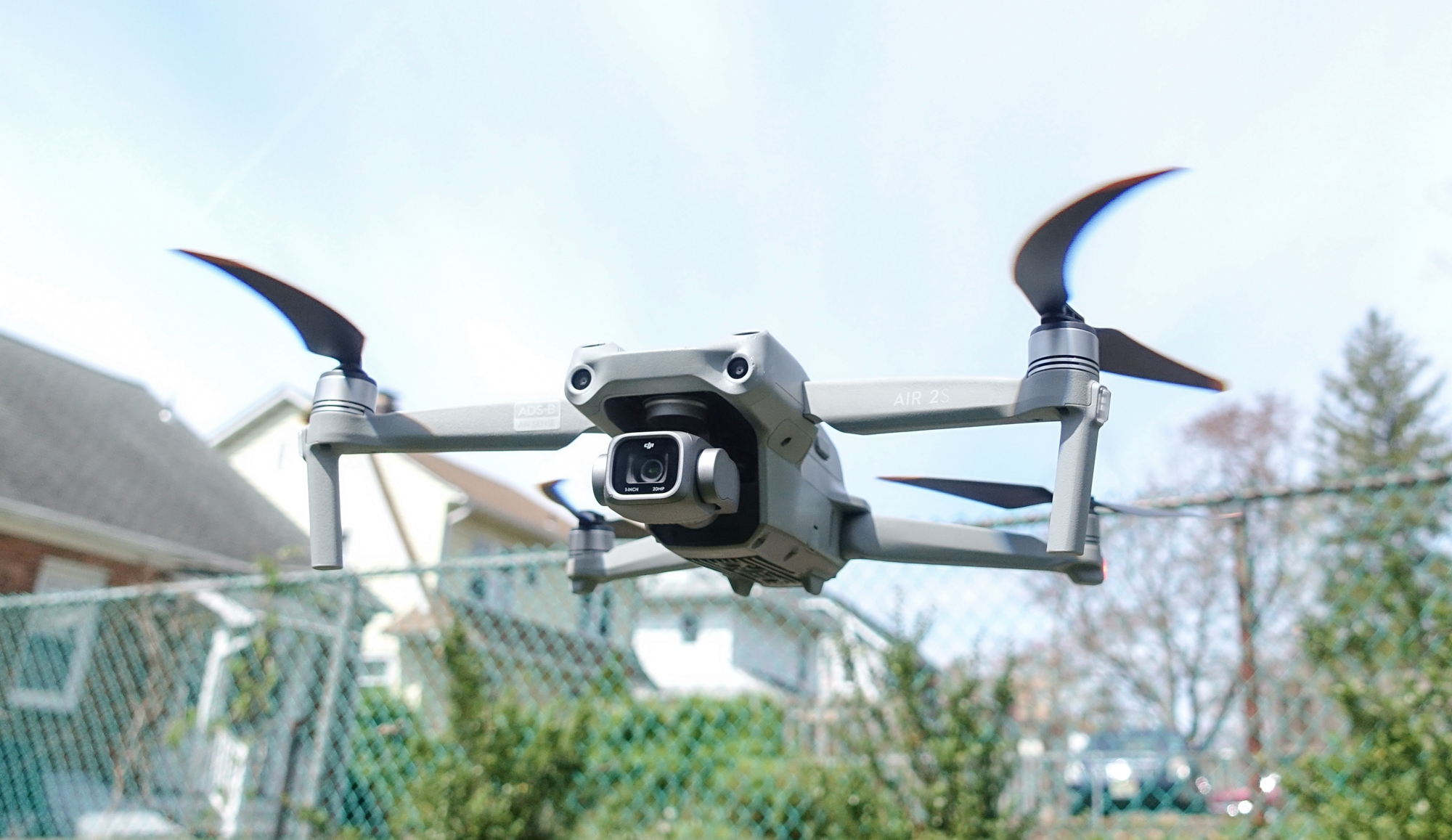
Apart from the physical changes to the camera, DJI also tweaked the internal software. The most notable addition is a feature called MasterShots, which attempts to make it easier for drone pilots to take picturesque movies.
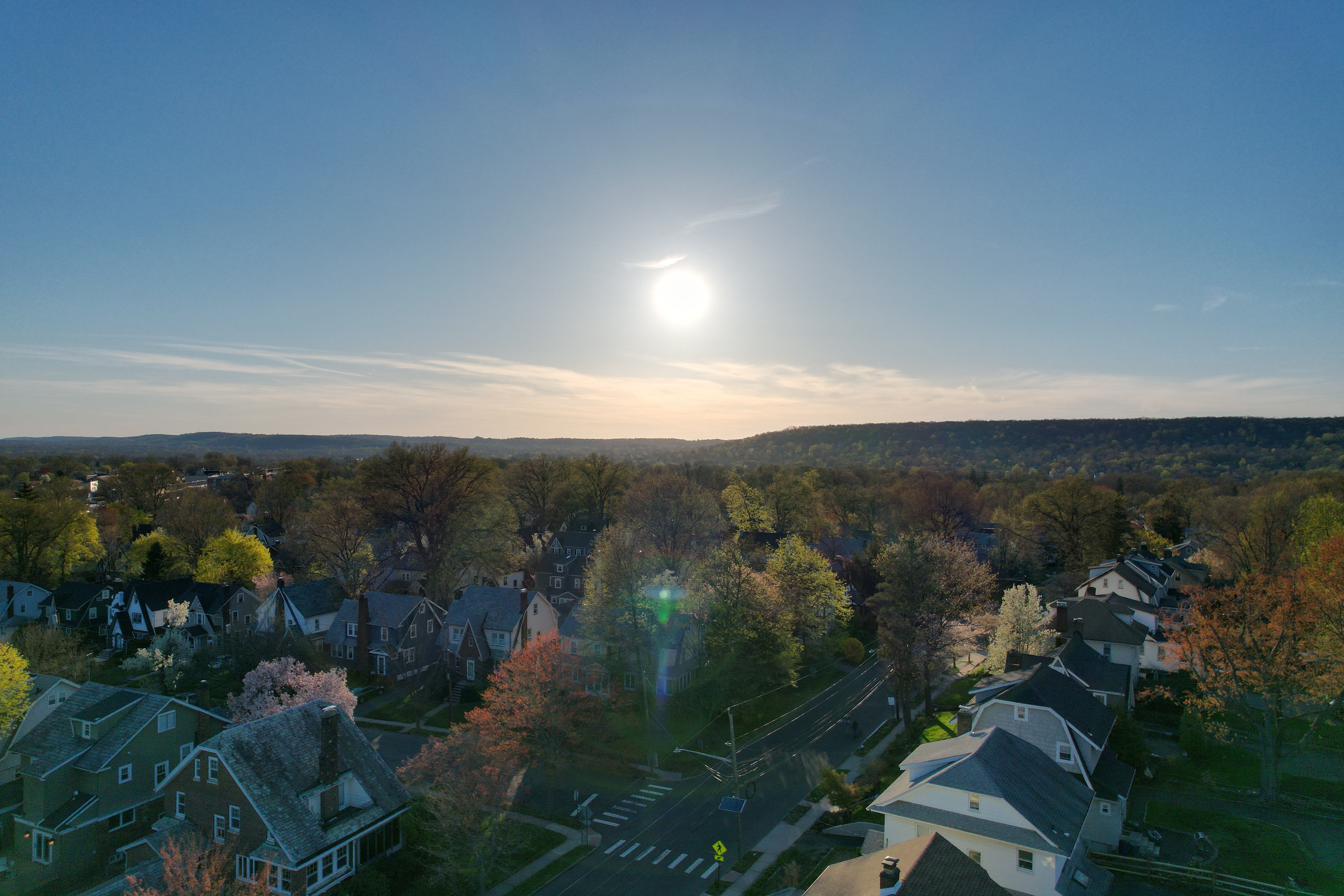
When active, MasterShots will analyze what the Air 2S’ camera is looking at, and then automatically determine the best flight path. It will then set off and create a 2-minute video (you can adjust the length) and return, and set the video to music. In the DJI fly app, you can then choose themes and music.
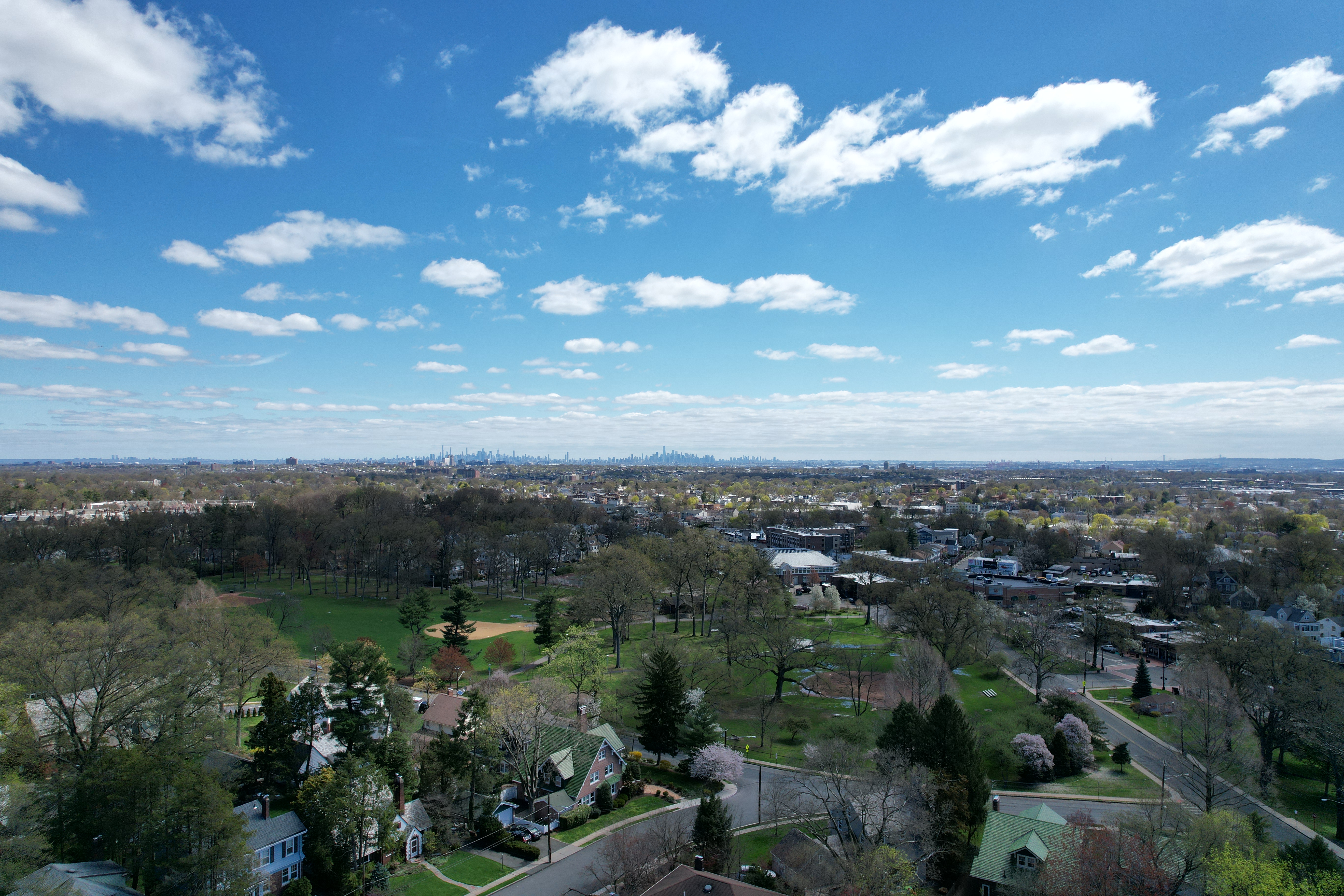
It’s designed to take much of the guesswork out of creating a compelling video. In some ways, it’s similar to what you’ll find on the best action cams, such as the GoPro Hero9 or the Insta360 One X, which will take your videos and, using algorithms in their apps, put together a TikTok-worthy video.
However, MasterShots only works with stationary objects, so you can’t use the drone’s object-tracking with this feature enabled. Unlike DJI’s other autonomous modes — which let you know where the drone will be going — I was also a bit uncomfortable with not knowing where the drone was headed.
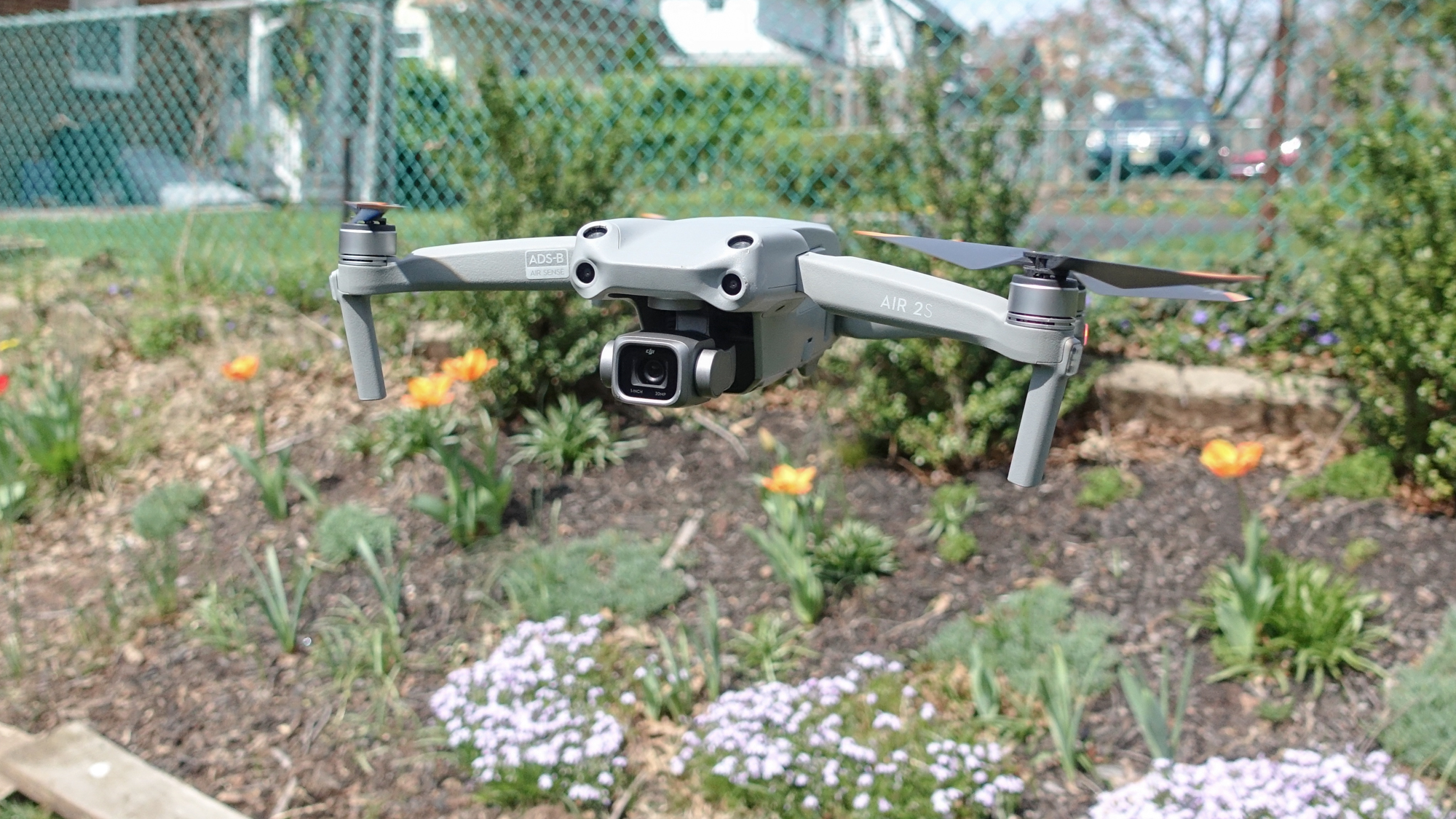
Carried over from previous drones is FocusTrack, which lets you select a subject that the drone will then follow in a linear or circular pattern. Also making a reappearance is SmartPhoto, which will automatically select the best photo settings (HDR, Hyperlight, etc.) based on what the camera sees.
DJI Air 2S review: Battery life
One thing that hasn’t changed is the flight time. The Air 2S can stay aloft for up to 31 minutes — typically, a few less than that in practice — which is essentially the same as the Mavic Air 2 and the Mavic Pro 2. It remains to be seen if the next generation of DJI drones can break this half-hour threshold.
DJI Air 2S review: Verdict
Unlike the DJI Mini or DJI FPV, the DJI Air 2S isn’t breaking any new ground when it comes to drone design or capabilities. Rather, it’s an incremental upgrade to a solid platform.
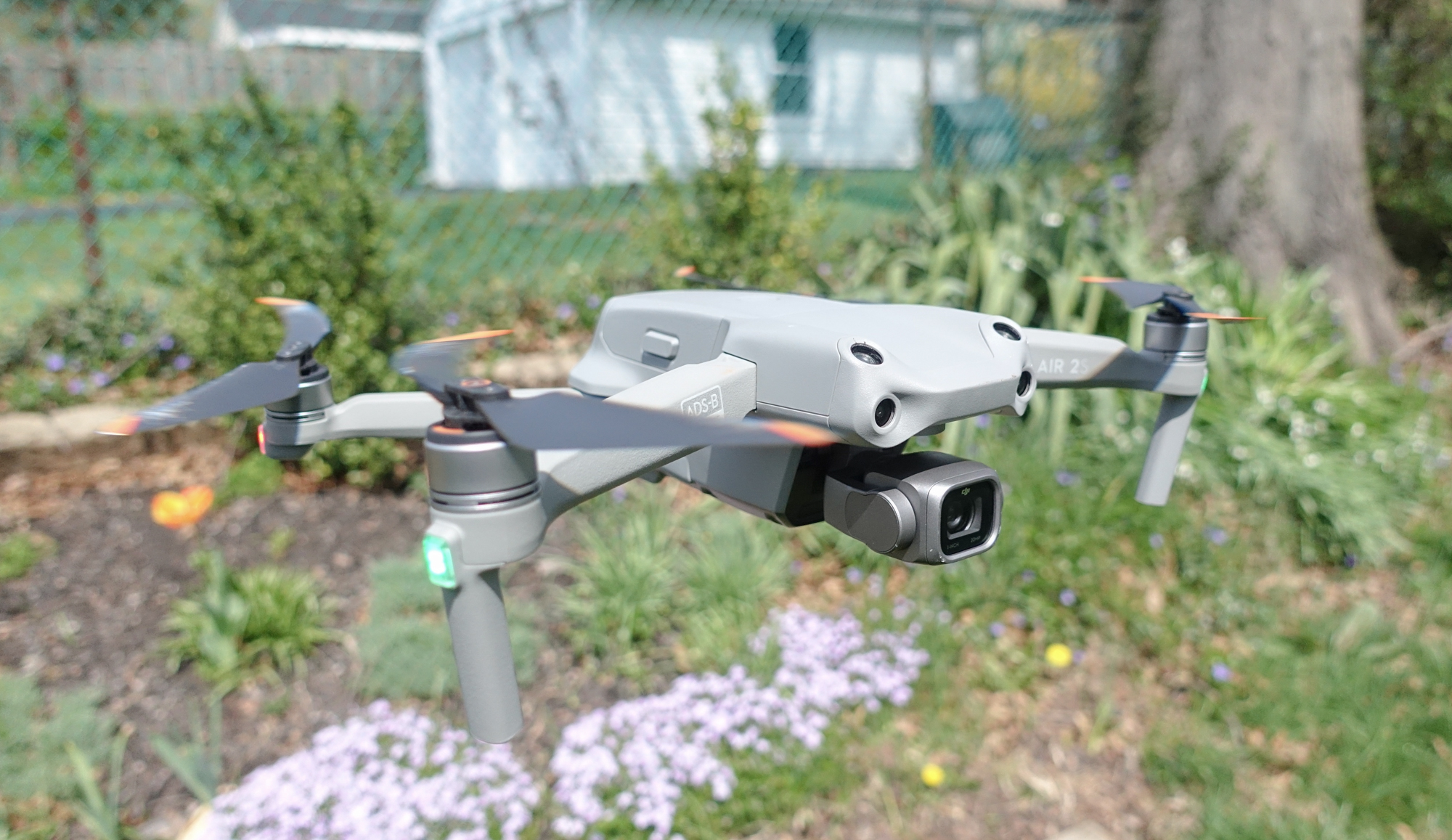
As DJI is not discontinuing any of its other models, the Air 2S represents a $200 upgrade from the Mavic Air 2, and a $300 saving over the Mavic 2 Pro. The Air 2S has a better sensor than the Air 2 (and is on a par with the Hasselblad camera in the Mavic 2 Pro). The Air 2S also has more advanced avionics and camera modes, though the Mavic 2 Pro has more collision-avoidance sensors, and can stay steady in higher winds.
Ultimately, if you’re looking for a quality drone, you can’t go wrong with DJI, and with the introduction of the Air 2S it’s all about what features you want, and how much you’re willing to pay. Personally, I love the $449 DJI Mini 2; while it doesn’t have the largest sensor, it can shoot 4K videos, and it’s so small and light that you can take it virtually anywhere. But, if you want higher quality videos and some more advanced tracking, the DJI Air 2S is hard to beat.

Michael A. Prospero is the U.S. Editor-in-Chief for Tom’s Guide. He oversees all evergreen content and oversees the Homes, Smart Home, and Fitness/Wearables categories for the site. In his spare time, he also tests out the latest drones, electric scooters, and smart home gadgets, such as video doorbells. Before his tenure at Tom's Guide, he was the Reviews Editor for Laptop Magazine, a reporter at Fast Company, the Times of Trenton, and, many eons back, an intern at George magazine. He received his undergraduate degree from Boston College, where he worked on the campus newspaper The Heights, and then attended the Columbia University school of Journalism. When he’s not testing out the latest running watch, electric scooter, or skiing or training for a marathon, he’s probably using the latest sous vide machine, smoker, or pizza oven, to the delight — or chagrin — of his family.
